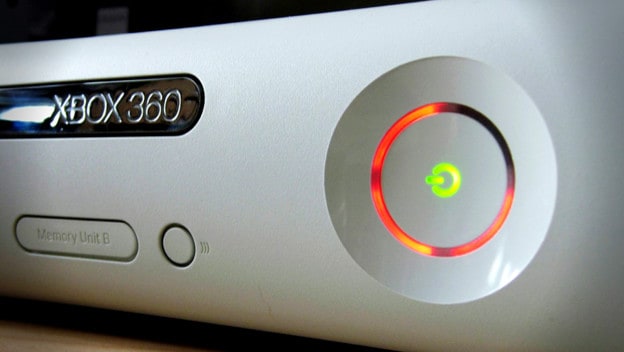In the tech industry, early adopters can sometimes be seen as guinea pigs. People don’t know if there will be issues at launch or with initial runs of systems. Sometimes, there are a certain number of defective systems manufacturers will assume are out there, just because problems and accidents happen when things are being made. The unfortunate thing is, sometimes these issues aren’t discovered until they’re widely known and companies don’t own up to them. Why does this happen and how come things aren’t addressed immediately?
The Nintendo Switch Joy-Con drift situation is a good place to start. Within a few months after launch, a very small number of people reported issues with their analog sticks drifting. (It usually happened with the left controller.) Warranties covered repairs, within a certain period. The support page had information to possibly assist with the issue. It was essentially like the Xbox One Red Ring of Death. The manufacturer wasn’t making a big deal of saying that a problem was there, but support pages for it and other possible problems were there.
Now, two years after its release, the Nintendo Switch Joy-Con issue has become a problem people aren’t ignoring. Class action lawsuit preparations began by one firm. An internal memo allegedly went around telling customer service to offer to repair the controllers free of charge. It’s official statement made initially about the Joy-Con drift said it was aware of new reports and directed people with broken ones to the support website. No explanation was made initially, it didn’t make a blanket statement saying repairs will be covered outside of the warranty and Nintendo didn’t explain what went wrong. To compare, Xbox 360 RROD issues first started appearing in 2005, the year it launched, but Microsoft Interactive Entertainment Vice President Peter Moore didn’t widely recognize it and offer three-year warranties until 2007.
Part of the delayed response could be blamed on time. If there is an inherent issue, you don’t know how long it could take to appear or if it will happen. It might be the sort of problem that wouldn’t make itself known until someone spent weeks, months or even years playing with a system. Companies can take a while to acknowledge it, and it is all because enough data hasn’t come in to customer service to chronicle it. (Even then, in the case of a Joy-Con drift issue, people might just buy new ones, rather than send them out to be repaired and report an issue.) This also ties into why a company like Microsoft or Nintendo wouldn’t explain what’s going on. They may be unable to immediately clarify due to insufficient data. You’d need a certain number of broken units to come in to properly account for everything.

As for why there isn’t an immediate remedy, that can get into the business side of things. Corporations will want to know how much they should spend as a show of goodwill and making things right. Do you offer extended warranties, like Microsoft did with the Xbox 360 RROD? Do you fix the problem for free, no matter what, like the initial leaked memo from Nintendo seemed to suggest? What about possible refunds? How do you make the announcement in a way that doesn’t make everyone panic about whether or not the product should be purchased at all?
There are a lot of things to consider. In an ideal world, companies would respond properly the moment an issue appears. There would be a statement, plans would be detailed for getting replacements or proper compensation and customers would be told how the problem will be prevented in the future. But, this sort of ideal situation doesn’t take real life into account. Finding these problems takes time, as does drafting a proper response. This isn’t to say companies should get a free pass when major problems occur. Just that more forthright and prompt admissions would be a big help and should happen more often.
